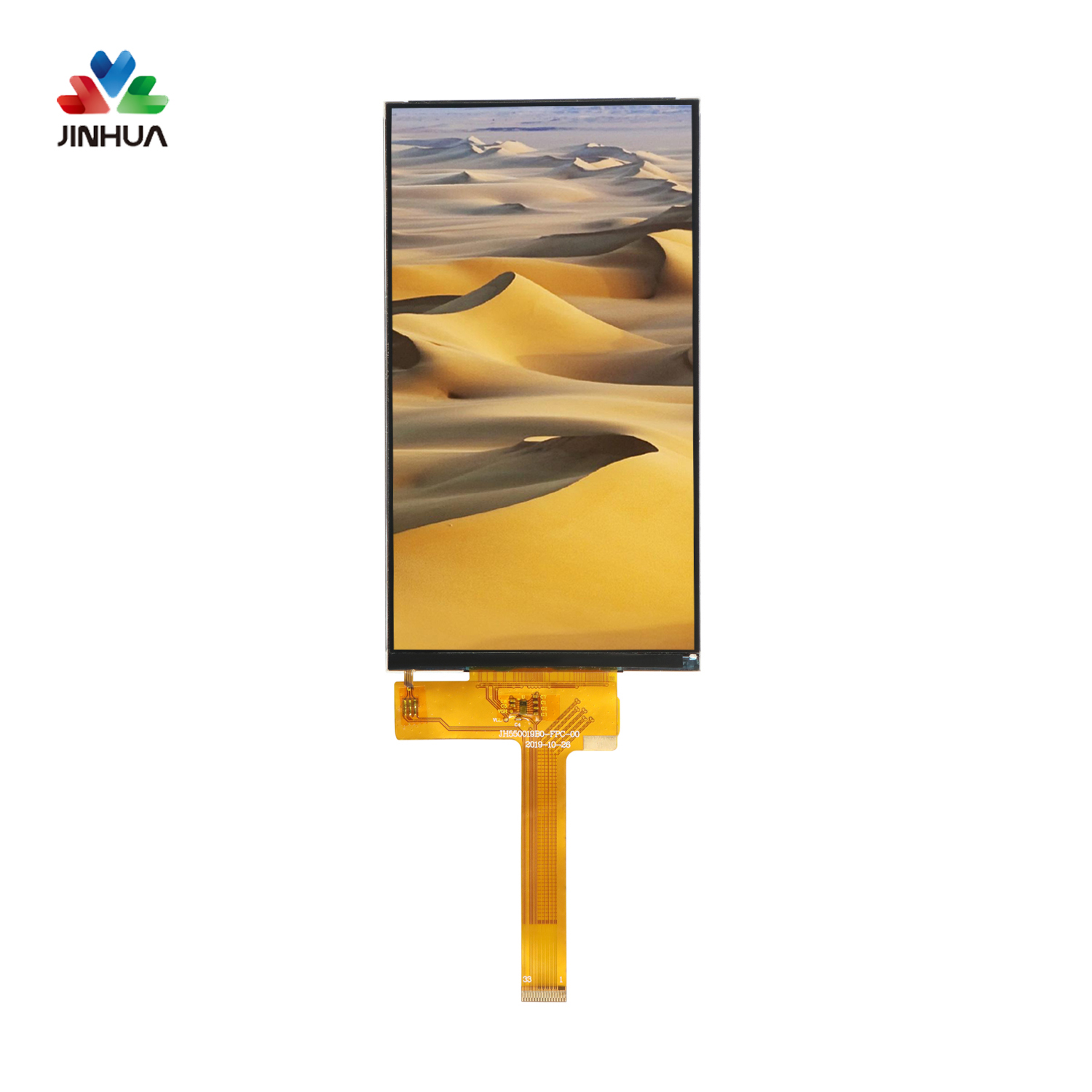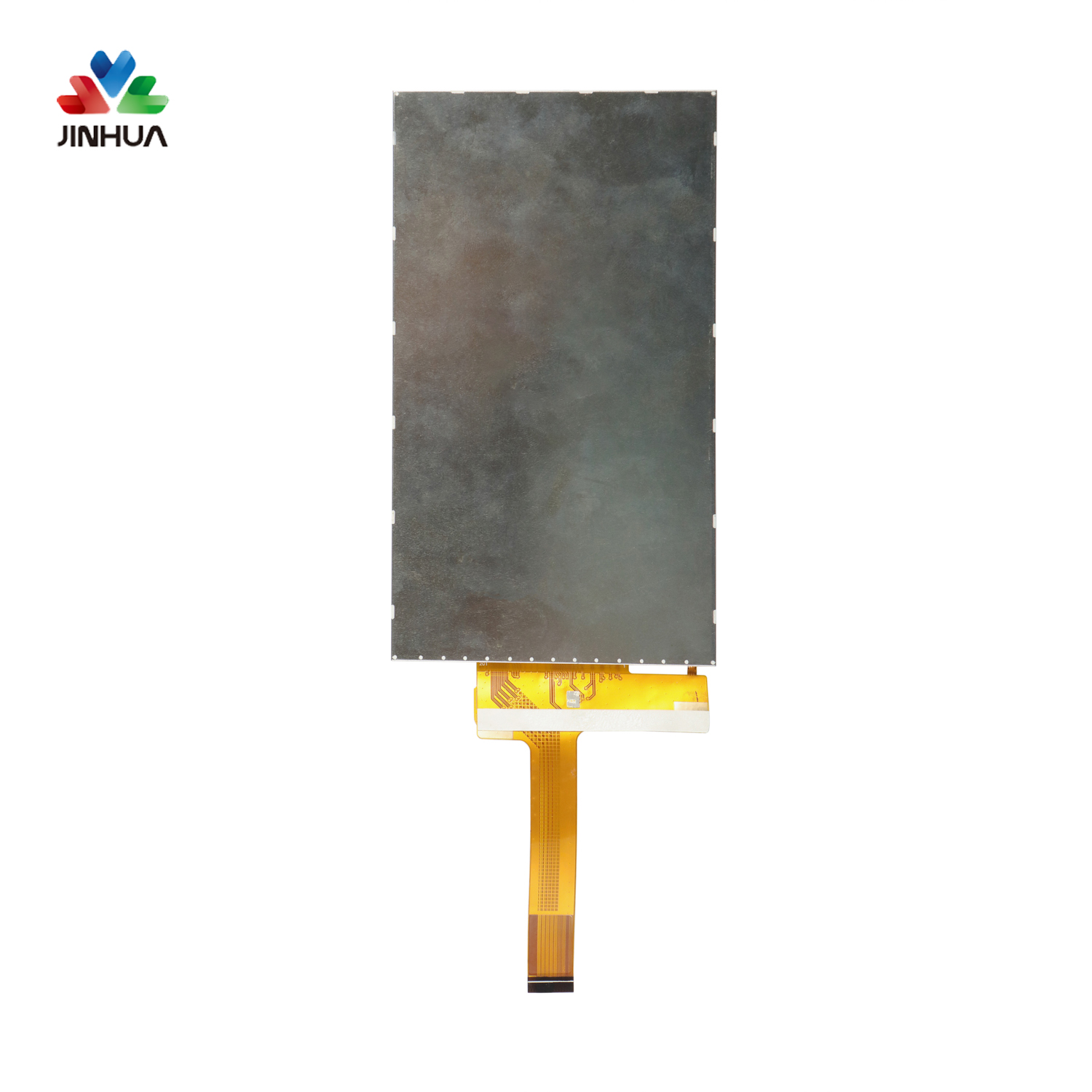The liquid crystal display consists of two parts: a liquid crystal panel and a backlight board:
The liquid crystal panel (liquid crystal cell) includes a polarizer, a glass substrate, a color filter film, an electrode, a liquid crystal, and an alignment layer.
The backlight module consists of a cold cathode fluorescent lamp (CCFL), a light guide plate (optical waveguide), a diffuser plate and a prism sheet, and its function is to evenly transmit the light source to the liquid crystal panel.
(1) LCD panel
a. Polarizer: It is divided into upper polarizer and lower polarizer, and the upper and lower polarizers are perpendicular to each other. Its function is like a fence, it will block the light wave component perpendicular to the fence, and only allow the light wave component parallel to the fence to pass through.
b. Glass substrate: It is divided into upper glass substrate and lower glass substrate, mainly used to clamp liquid crystal. For TFT-LCD, thin film transistors (TFTs) are grown on the lower glass, and color filters are attached to the upper glass. c. Color filter film: produces three primary colors of red, green and blue.
d. Electrodes: divided into common electrodes and pixel electrodes. The signal voltage is applied between the pixel electrode and the common electrode. e. Liquid crystal materials: small molecular organic compounds.
f. Orientation layer: also known as orientation film, its function is to allow the liquid crystal molecules to be arranged neatly. Detailed explanation of screen resolution terms
1. brightness
Brightness indicates the luminous intensity of the TV. It is expressed as the brightness per unit area cd/m² (candela per square meter). The average brightness when watching TV: about 50~70cd/m², the average brightness of movie theater screen: about 30~45cd/m, the average brightness when watching TV outdoors: up to 300cd/m².
Too much brightness wastes energy, reduces the life of the TV, and accelerates the aging speed of the TV. For flat panel displays, the brightness is sufficient. 2. Contrast
Contrast is expressed by the ratio of the maximum brightness to the minimum brightness, that is: the higher the contrast, the more levels of the redisplayed image can be, and the higher the image quality. The greater the brightness of the ambient light in the screen, the smaller the image contrast. 3. Grayscale (grayscale)
Grayscale: display the difference between light and dark pixels.
The more gray levels, the clearer and more realistic image levels.
Such as: the pixel gray of a 16-bit image: there are 2 to the 16th power, that is, 65536 gray levels. The higher the number of bits, the richer the transition between light and dark of the image, and the better the detail performance. 3.4.3 Response speed
Response speed: the speed at which each pixel responds to the excitation voltage, that is, the time it takes for the pixel to turn from dark to bright or from bright to dark. For LCD TVs, the response speed is the time it takes for the liquid crystal molecules to twist or recover by applying a voltage to the liquid crystal molecules. The 25ms and 16ms often referred to as this response time.
The shorter the reaction time is, the less the user will have the feeling of tailing when watching dynamic images. CRT TV: 1~3ms LCD TV: 25ms~12ms
SMD resistance and capacitance: indicated by the mark "R/C"
Resistance: generally expressed by three-digit method: Example: 102 means 10X102 ohm. Capacitance: generally expressed by three-digit method and marked with withstand voltage: Example: 106 16v means 10X106 PF=10uf withstand voltage value of 16V.
ROM: Read only memory
Features: Store data, even when the power is turned off, the data still exists.
Category: EPROM Programmable Read-Only Memory 1, with window, can be used multiple times, 2, without window, one-time EEPROM, electrically erasable read-only memory 1, can be erased and rewritten
FLASHROM Quick Erase Read-Only Memory 1, which can be quickly erased.
DRAM (Dynamic Random Access Memory) Type:
SDRAM SGRAM DDRAM
VGH: gate electrode opening voltage (10~16V) VGL: gate electrode closing voltage (-5~-10V) VCC: analog circuit power supply (2.5~3.3V) IOVCC: digital circuit power supply. (1.65~3.3V)
GVDD: This voltage will be connected to the resistor string to generate gamma voltage. VCOM: LCD inversion reference voltage.
Cs: Storage capacitor, the main function is to store charge and keep the picture until the next time the picture is updated.






 English
English Deutsch
Deutsch русский
русский español
español العربية
العربية



 IPv6 network supported
IPv6 network supported
